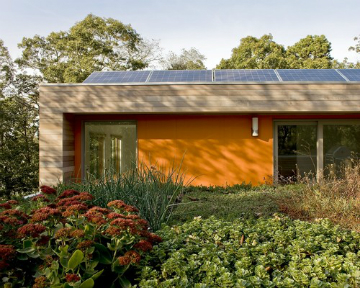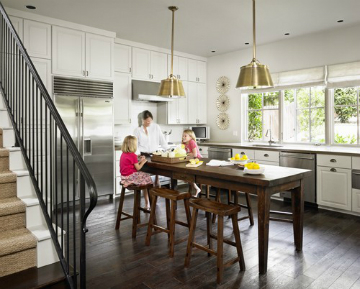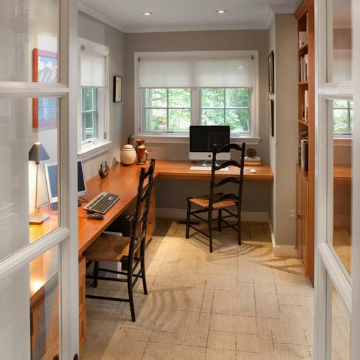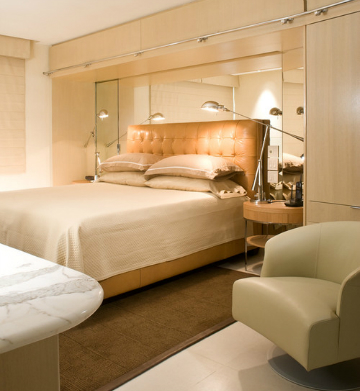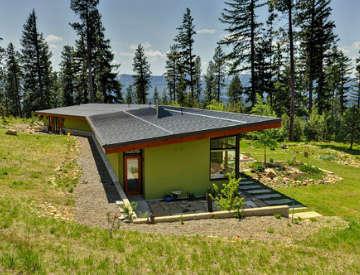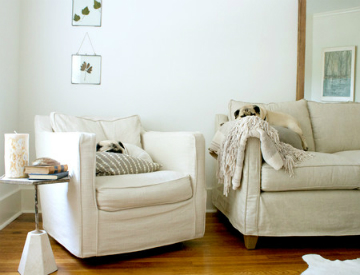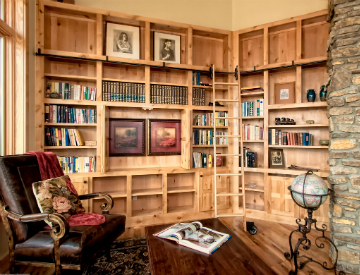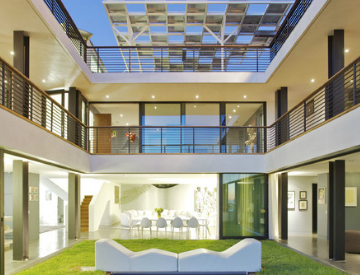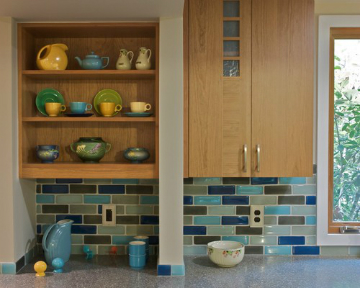
Oceanside glass tile, Trend USA tile, and Fireclay tile are three eco-friendly materials that you should consider when preparing to incorporate tile into your home. Source: Houzz
Tile is a great material to use throughout your home, whether it’s flooring or walls in the bathroom or the backsplash in your kitchen. The durability and resistance of tile makes it perfect for these two spaces, and the flexibility in design makes it easy to incorporate into any style. The following are a few eco-friendly materials that can be used for your home’s tile:
- Oceanside Glass Tile (Tessera) – This hand-crafted glass tile is produced from a combination of recycled glass and silica sand, which is an abundant natural resource.
- Trend USA Tile (Feel) – For a glass mosaic tile that has a gorgeous sot, smooth and velvety surface, take a look at the Trend USA tile, which is produced using 78 percent internal and post-consumer recycled glass.
- Fireclay Tile (Debris Series) – Made out of recycled ceramic tile, fireclay tile is produced using 60 percent resourced recycled materials, not to mention that the manufacturing process itself is sustainable too.
- Metal Tile (Eco-Friendly Flooring Inc.) – This metal tile, which looks great on kitchen backsplashes, is made out of 100 percent recycled aluminum.
Consider these eco-friendly materials and be sure to contact us at Trilogy Builds for more sustainable home design ideas.








